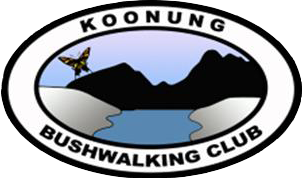Information Grading, Gear, Day Pack
Grading of Activities
Walks are graded according to distance, terrain and condition of the track.
To ensure that members participate in activities appropriate to their capabilities, all activities are graded. Leaders may refuse a member’s request to attend if the leader feels the member will not be able to complete the activity safely. It is recommended that new club members try a progression of walks from easy to medium to hard so that if you wish to participate in a hard walk the ability to complete a medium walk has been demonstrated.
Walks listed in the monthly Walk Talk newsletter are graded according to the chart below. When booking an activity, it is important to check this information with the leader.
Attending a club meeting prior to attending a walk is a good way to meet the leaders.
How to book an activity
If you are interested in joining an activity, please Contact Us.
